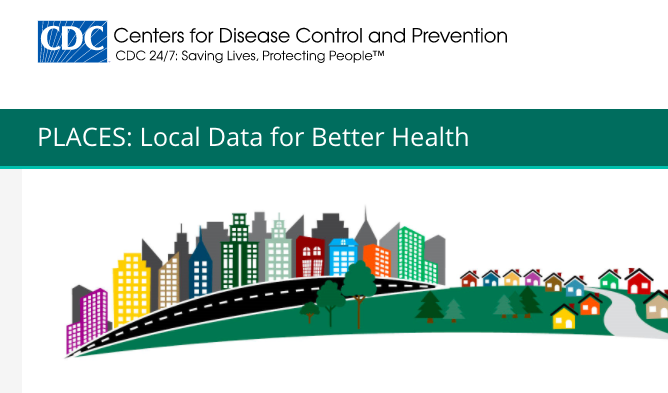Community Health Needs Assessments
Community health needs assessment (CHNA) is a systematic process for determining health needs in a particular community or population and using results to spur community change. CHNA has long been best practice within the field of public health and prompts those working to improve community health to consider local conditions—both community needs and assets, which leads to more targeted, effective community-change work.
CHNA can be broad, examining a community at large, or it can focus on a specific issue. For example, a community might perform a CHNA focused on opioid and substance use disorders to inform a grant or body of work to prevent and decrease local rates of substance abuse and overdose.
Best Practice: Use Secondary and Primary Data
Best practice when doing CHNA is to use a combination of primary and secondary data. Secondary data are often quantitative in nature and refer to data collected by someone other than the primary user. Common secondary data sources for CHNA include censuses, other government agencies (e.g. USDA, CDC), large projects or organizations (County Health Rankings, Opportunity Insights), and academic research centers (e.g. Institute for Health Metrics and Evaluation), among others. Primary data are data collected by the user. In CHNA, primary data collection methods often include community surveys, focus groups, in-depth interviews, community dialogues or conversations, among others. In some cases, secondary data can be difficult to find regarding a certain issue or topic you’re interested in, or can be difficult to find at a granular level that describes the community you’re interested in assessing. In these cases, primary data alongside available secondary data can paint a fuller picture. Additionally, primary data are imperative to hearing about the conditions in a community from its residents and those with lived experience.
Resources for Sourcing Secondary Data
Resources for Collecting Primary Data
Communities WIN: A Community Guide for Dialogue and Action
Tool - Toolkit/toolbox
Brought to you by Community Commons
Published on 01/22/2020
Approaches to Collecting and Using Social Determinants of Health (SDOH) Data
Resource - Webinar
Brought to you by All In
Considering Health Equity
Vulnerable populations are at risk for disparate healthcare access and outcomes because of economic, cultural, racial, or health characteristics. Examining data across different populations is important and allows you to see that people in your community have different lived experiences, resulting in different health risks and needs. If data cannot be broken out by race, for example, you’ll likely miss important differences in health needs across populations; your data won’t show health disparities. Knowing the specific health needs a population faces enables you to tailor health improvement efforts to appropriate priority populations and work to minimize disparities and promote an equitable approach to health improvement planning.
Community Engagement
Ideally, CHNAs are developed through a collaborative process, involving stakeholders from various sectors, and take into consideration present-day data, as well as historical data, in order to examine change over time and trend lines. Community engagement can make the community a part of the CHNA process, rather than just the subject of it, and increases the likelihood that the CHNA will achieve its desired impact of building a healthier community and advancing equitable well-being.
Amplifying Stewardship: Characteristics and Trends Stewards Consider When Expanding Equitable Well-Being
Resource - Report
Brought to you by ReThink Health
Catalyze Community Change
CHNA should catalyze community change, not just check a box—the most important consideration for CHNA is the action taken based on the results. Once you know where your community’s biggest assets lie and what the biggest needs are, you can use that information to create a plan and take action towards a healthier, more equitable community.
Data frameworks provide a powerful tool when using data to inform planning efforts to improve community conditions—they translate data into a solution through sorting indicators into categories that are easily tied to action. When examining data to inform an implementation plan, long lists of indicators aren’t helpful because they fail to shed light on levers you can actually pull to improve your community. Frameworks include categories that reflect common community programming, such as transportation, and housing, and thus make it easier to go from community insight to concerted action.



 (1).jpg)


 Original
Original














